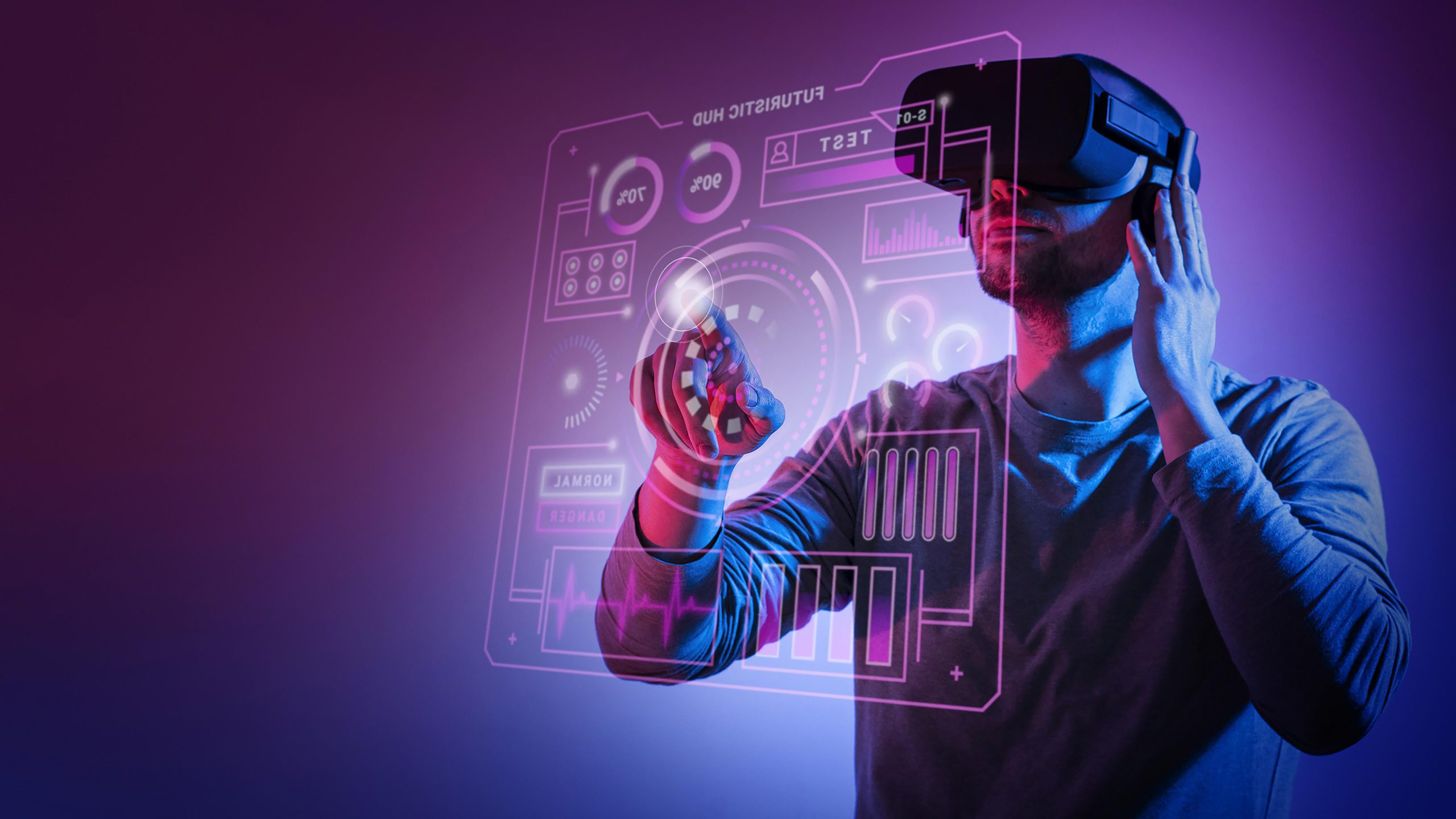- Published on
Extended Reality for Training The New Learning Paradigm
- Authors

- Name
- Adil ABBADI
Introduction
The world of training and learning is on the cusp of a revolution, and Extended Reality (XR) is at the forefront of this transformation. XR, which encompasses Virtual Reality (VR), Augmented Reality (AR), and Mixed Reality (MR), is poised to disrupt traditional learning methods, offering a more immersive, interactive, and effective way to acquire skills and knowledge. In this article, we'll delve into the exciting world of XR for training, exploring its applications, benefits, and the impact it's set to have on the future of learning.

- The Limitations of Traditional Training Methods
- The Advantages of XR for Training
- Real-World Applications of XR for Training
- Challenges and Future Directions
- Conclusion
- Join the XR Training Revolution
The Limitations of Traditional Training Methods
Traditional training methods, such as classroom-based instruction and online courses, have their limitations. They often rely on passive learning, where learners are mere recipients of information, rather than active participants. This can lead to disengagement, poor retention, and a lack of practical application.
XR, on the other hand, offers a more dynamic and interactive approach to learning. By leveraging the power of immersive experiences, XR enables learners to engage with complex concepts and environments in a more tangible and memorable way.
// Example of XR code for a training simulation
import * as THREE from 'three';
import { XRController } from 'three/examples/jsm/controls/XRController';
const scene = new THREE.Scene();
const controller = new XRController(scene);
// ...
The Advantages of XR for Training
XR offers numerous advantages over traditional training methods, including:
- Improved engagement: XR's immersive nature increases learner engagement and motivation, leading to better retention and recall of information.
- Enhanced realism: XR simulations can mimic real-world scenarios, allowing learners to practice and rehearse complex tasks in a safe and controlled environment.
- Personalized learning: XR experiences can be tailored to individual learners' needs, abilities, and learning styles.
- Cost-effective: XR training can reduce costs associated with equipment, travel, and instructors.

Real-World Applications of XR for Training
XR is being successfully applied in a range of industries, including:
- Healthcare: XR is being used to train medical professionals in complex surgeries, patient care, and emergency response.
- Manufacturing: XR is used to train factory workers in equipment operation, maintenance, and safety procedures.
- Aviation: XR is used to train pilots in simulated flight scenarios, improving their response to emergency situations.
- Military: XR is used to train military personnel in realistic combat scenarios, reducing the risk of injury or death.
// Example of XR code for a healthcare training simulation
import * as AFRAME from 'aframe';
const scene = document.querySelector('a-scene');
const patient = document.createElement('a-entity');
patient.setAttribute('geometry', 'primitive: box; width: 0.5; height: 0.5; depth: 0.5');
patient.setAttribute('material', 'color: #FF0000; opacity: 0.5');
scene.appendChild(patient);
// ...
Challenges and Future Directions
While XR for training is an exciting and rapidly evolving field, there are still challenges to be addressed, such as:
- Cost and accessibility: XR technology remains relatively expensive, making it inaccessible to many individuals and organizations.
- Content creation: Developing high-quality XR content requires significant resources and expertise.
- Standards and interoperability: Establishing standards for XR content and devices is crucial for widespread adoption.
Despite these challenges, the future of XR for training looks bright. As technology continues to advance, we can expect to see more widespread adoption, improved accessibility, and innovative applications of XR in training and learning.
Conclusion
Extended Reality is poised to revolutionize the world of training and learning, offering a more immersive, interactive, and effective way to acquire skills and knowledge. By understanding the advantages, applications, and challenges of XR for training, we can unlock its full potential and create a brighter, more skilled future for learners around the world.
Join the XR Training Revolution
Are you ready to experience the transformative power of XR for yourself? Explore our XR training courses and discover a new world of immersive learning.
